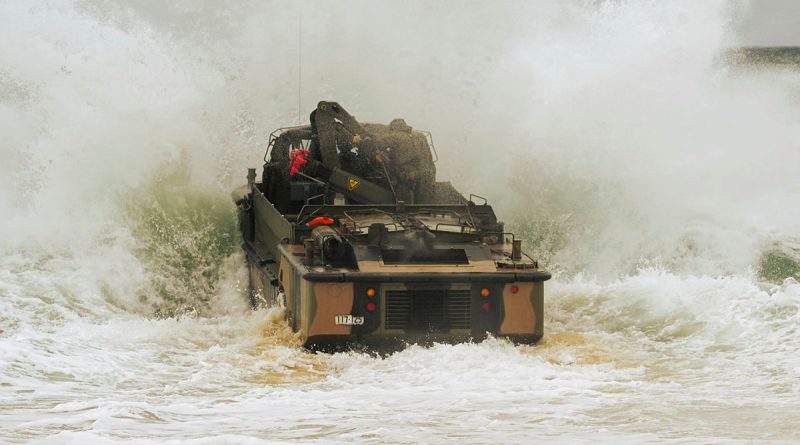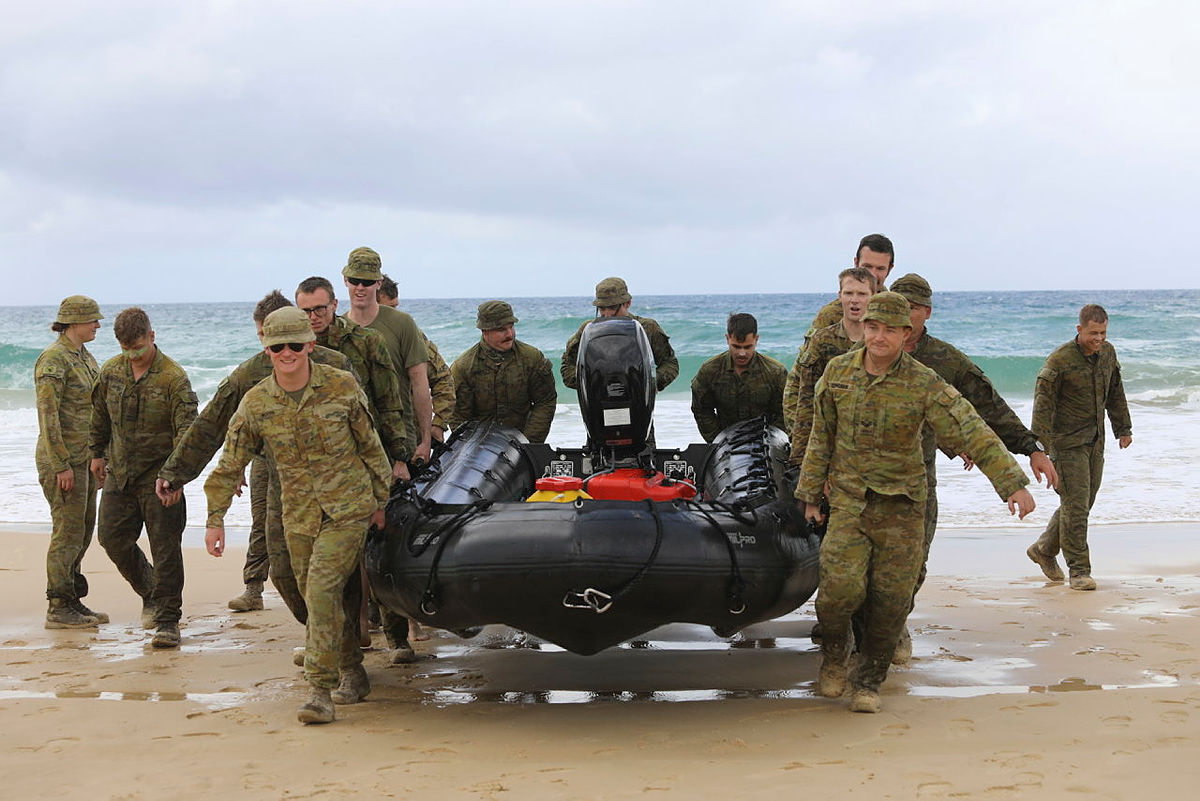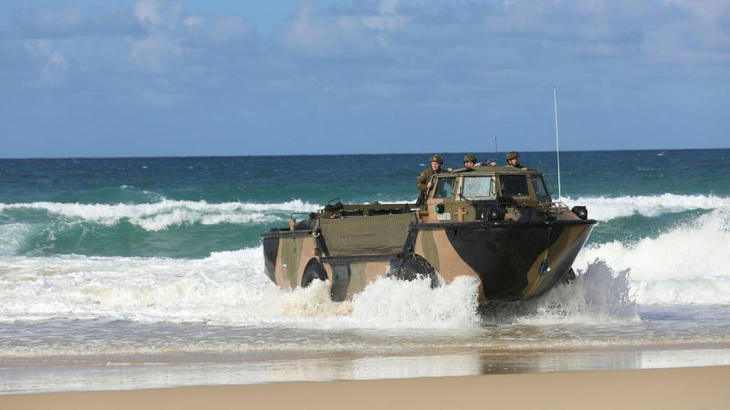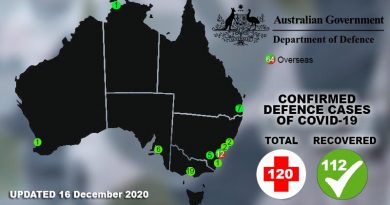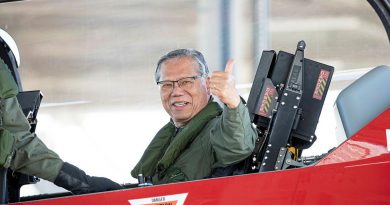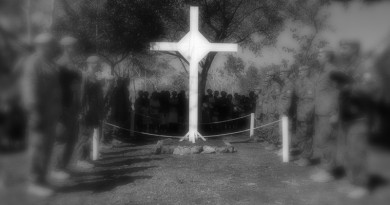When the surf gets rough, specialists get going
Share the post "When the surf gets rough, specialists get going"

Soldiers from the 10th Force Support Battalion (10FSB) conducted advanced watercraft training with the lighter, amphibious, resupply, cargo, 5-tonne (LARC-V) vehicle and F470 Zodiac vessels at Rainbow Beach, Queensland, in early August.
CAPTION: A LARC-V launches into the surf as part of littoral training at Rainbow Beach, Queensland. Story and photos by Captain Joanne Leca.
Exercise Surfing Penguin exposed marine specialists to rough surf conditions, enabling them to respond to high-risk weather events in support of domestic and international operations.
Demonstrating the Army’s littoral manoeuvre capabilities, soldiers reinforced their surf drills, with crews practising rapid rescue and recovery, and paired LARC-V recovery from the sea back to land through the surf zone.
Lieutenant Kaleb Booth said the exercise exposed them to different environmental conditions, which built confidence in individual and crew skills.
“We need to put our soldiers into this type of environment so they’re used to it, so when they do it for real, they are confident in what they’re doing,” Lieutenant Booth said.
CAPTION: Soldiers from the 10th Force Support Battalion work as a team to carry an F470 Zodiac small boat to the training position at Rainbow Beach.
“This type of training is not only important, it’s fun and it’s what we get to do on a daily basis. There’s no better job.
“The extraordinary is the ordinary for us.”
Officer Commanding 35 Water Transport Squadron Major Brenton Chapman said Rainbow Beach provided perfect conditions to train soldiers on the LARC-V and Zodiacs.
“Here at Rainbow Beach, near Wide Bay Training Area, the rough surf conditions give our soldiers more of a challenge – training the crews to find the best spot to launch the LARC-V into the sea,” Major Chapman said.
“The LARC-V provides the ability to move both people and equipment across beaches that are not feasible for aircraft to land on.
“The LARC-V is very resilient, being able to handle not only the rough surf but also difficult terrain on land.”
He said the LARC-V, which Army had operated since the 1960s, was capable of handling most conditions.
“There’s nothing else like the LARC-V that Defence has in its watercraft fleet,” Major Chapman said.
“They have a long history of supporting operations, from various flood assists through to their extensive career supporting the Australian Army.”
Under Land 8710, the Army is in the process of replacing the LARC-V with the Amphibious Vehicle – Logistics. Until then, the LARC-V will remain the primary amphibian watercraft.
CAPTION: A LARC-V returns from carrying out littoral training.
.
.

.
.
Share the post "When the surf gets rough, specialists get going"

